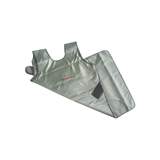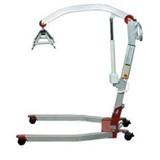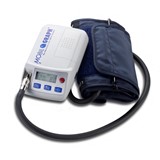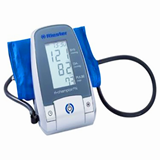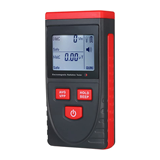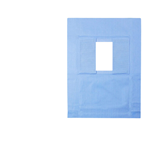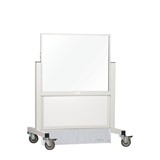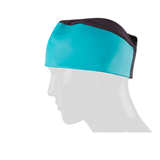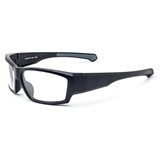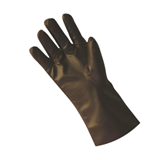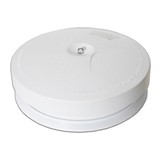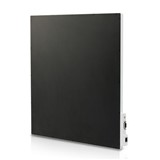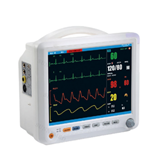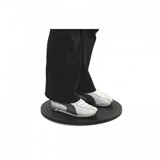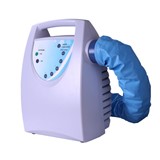The device, invented by researchers within UOW’s Centre for Medical Radiation Physics (CMRP) which improves the identification of radiopharmaceuticals in the body used to locate cancer, has been granted a patent by the United States Patent and Trademark Office.
The technology (known as the 'Dual Radiation Detector') uses a special dual photo-detector and dual scintillator design to improve the energy range and spatial resolution for the precise localisation of isotopes emitting beta, gamma and X-ray radiation used to pinpoint in the body the presence of cancerous tissue.
CMRP Director and co-inventor Professor Anatoly Rozenfeld said the invention had an extensive range of radiation detection applications from medical diagnostic instrumentation in the field of nuclear medicine to the development of improved apparatus used in border security.
"One advantage of the Dual Radiation Detector is that a small portable radiation probe can be used for cancer tissue identification with high spatial resolution -- even during the administrating of high energy gamma/beta isotopes used for Positron Emission Tomography (PET) scanning," Professor Rozenfeld said.
"There is no need for heavy shielding of our device against scattering from the high energy gamma radiation."
He said the technology could also be employed in border security for correctly verifying the presence of radioactive material in cargo.
UOW is working with the Australian Nuclear Science and Technology Organisation (ANSTO) to explore the potential of the technology for improving the detection of radioactive material in other applications such as border security.
"In the same way this technology could be used to better determine the location of cancer in the body, this technology could also improve our ability to correctly identify radioactive material in border security applications," Dr Mark Reinhard from ANSTO said.
"Improving the technical means to detect illicit radioactive materials in a border security context is an important challenge recognised by the International Atomic Energy Agency (IAEA). ANSTO is pleased to bring its expertise in radioisotope identification to further progress the UOW technology," Dr Reinhard said.
"The probe’s compact and inexpensive design makes cost-effective mass deployment of the technology possible," according to another co-inventor, Dr Michael Lerch.
UOW Commercialisation Manager, Holly Zhu, said the invention tackled two of the major challenges in radiation detection -- distinguishing between radiation emissions from different sources and being easier to operate.
"The granting of a US patent, together with the ongoing evaluation of prototypes, will greatly assist with the commercialisation of this technology," she said.


